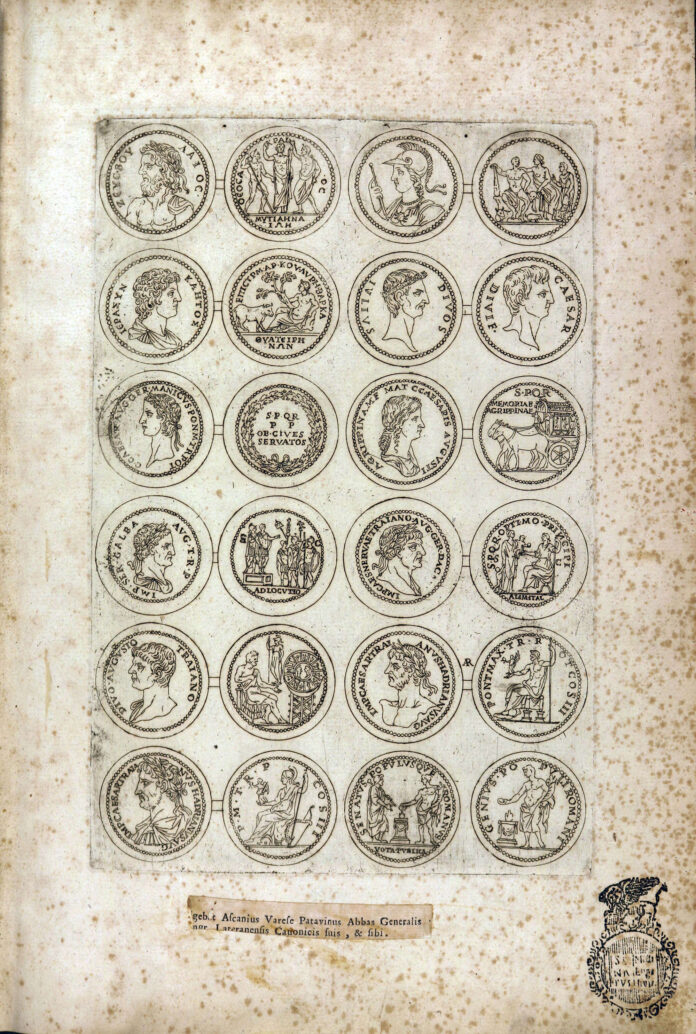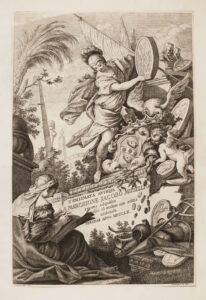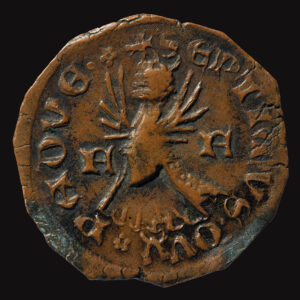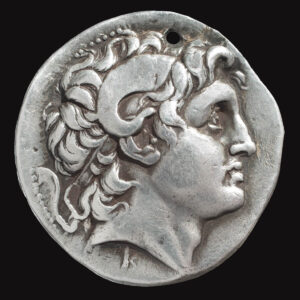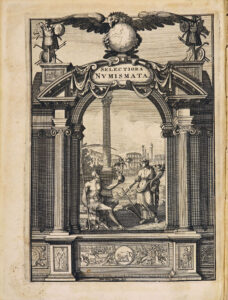“Sotto il Torchio. Libri e monete antiche dalle raccolte della Biblioteca universitaria di Padova e del Museo Bottacin” is the title of an exhibition promoted by the Department for Culture, Tourism, Museums and Libraries of the city of Padua, jointly with the University Library and the University of Padua – Department of Cultural Heritage.
The exhibition will be open to the public in the building of Palazzo Zuckermann (Corso Giuseppe Garibaldi, 33 – Padua) with free admission until 9 June 2019.

This exhibition presents a rich selection of the most significant numismatic books printed in Italy and Europe from the sixteenth to the eighteenth century, taken from the collections of two of the most important cultural institutions in Padua, the University Library of Padua and the Bottacin Museum, which is part of the Eremitani Civic Museums. It highlights one of the most interesting aspects of cultural life in Veneto and in particular in Padua, that occurred starting from the humanistic rebirth: the rediscovery of classical antiquity conveyed through the exchange and study of Roman coins, which has encouraged the development of an intense editorial activity on numismatic subjects.
Since the sixteenth century, coins and books have also shared the same technical production method, characterized, as the title of the exhibition points out, by the use of the Press (= il torchio), so much so that from that moment on, in Italian the verb “stampare” (= to print) is used both in the world of publishing and in that of monetary issuance.
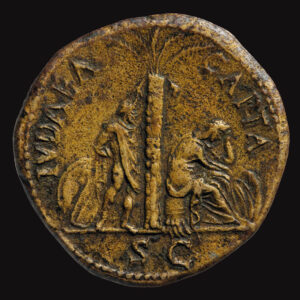
In the exhibition, next to the books dedicated to numismatics, often rich in illustrations of great value, there are also coins from the collection of the Bottacin Museum, similar to those that served as models for the same drawings/reproductions.
From the pioneering sixteenth-century treatises by Enea Vico and Sebastiano Erizzo, to the works of the French, but Paduan by adoption, Charles Patin, to those of Jean Foy Vaillant and the very elegant publications of the Veronese Jacopo Muselli, visitors will be able to briefly recall the richness and complexity of numismatic literature and the finesse of its products.
Among the exhibited books, which include a selection of splendid examples from the collection of the monastery of San Giovanni di Verdara in Padua, there are works on classical Greek and Roman numismatics, but also some of the most important volumes on Italian medieval numismatics, particularly Venetian and Paduan, that have taken the first significant steps into this discipline.
Heir to this tradition of study was the University of Padua, which in 1734 founded its own Cabinet of Numismatics and Antiquarianism, and later in 1817/1818 established the first Italian Chair of Numismatics.
The exhibition, which is accompanied by a catalogue edited by Michele Asolati and Alessandro Cattaneo, is the continuation of a fruitful collaboration between the Department for Culture, Tourism, Museums and Libraries of the city of Padua, the University Library and the University of Padua – Department of Cultural Heritage which in recent years has promoted numerous initiatives to enhance and promote the important cultural heritage of the city.
The exhibition will be open every day, except on non-holiday Mondays, with free admission, from 10.00 a.m. to 7.00 p.m.
For more information, go to the website of the city of Padua.
In 2016 Padua celebrated 150 years of Museo Bottacin. You can find here the website of Museo Bottacin.
If you are more interested in the creative aspect of Padua’s numismatic, the Paduans, skilfull imitations and recreations of ancient coins, then read more in this article on their creator, Giovanni da Cavino, read this wonderful catalogue, or learn how to detect these “forgeries”.




